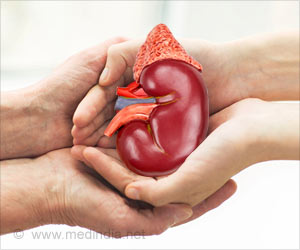The average respondent would accept a kidney today with 6.5 years of expected survival of the transplanted organ to avoid waiting 2 additional years for a kidney with 11 years of expected survival.
Three patient-preference classes were identified.
- Class 1 was averse to additional waiting time but still responsive to improvements in kidney quality.
- Class 2 was less willing to accept increases in waiting time for improvements in kidney quality.
- Class 3 was willing to accept increases in waiting time even for small improvements in kidney quality.
Relative to class 1, respondents in class 3 were likely to be age 61 or younger and to be waitlisted before starting dialysis, and respondents in class 2 were more likely to be older, Black, not have a college degree and have a greater functional impairment.
Advertisement
“With more than 90,000 patients waiting for a kidney transplant, and more than 15,000 deaths or waitlist removals each year, we have a major opportunity to save lives and dialysis costs, while improving patient quality of life. Our study provides national evidence on patients’ willingness to accept marginal kidneys, which will be thrown away because of policy and operational inefficiencies in the national transplant system,” said Dr. Mehrotra.
An accompanying editorial notes that the greatest predictor for improved survival for individuals with kidney failure is whether or not they receive a transplant at all. “This study clearly demonstrates something that we all knowthat considering waitlisted patients as a monolithic group that views the tradeoff between waiting time and organ quality similarly is a mistake,” the authors wrote.
An accompanying Patient Voice article provides the perspectives of a lifelong kidney patient and three-time kidney transplant recipient. The author notes that “the study can serve as a vehicle to discuss much-needed innovation in creating a more transparent and patient choice-driven organ allocation system.”
Source: Eurekalert



